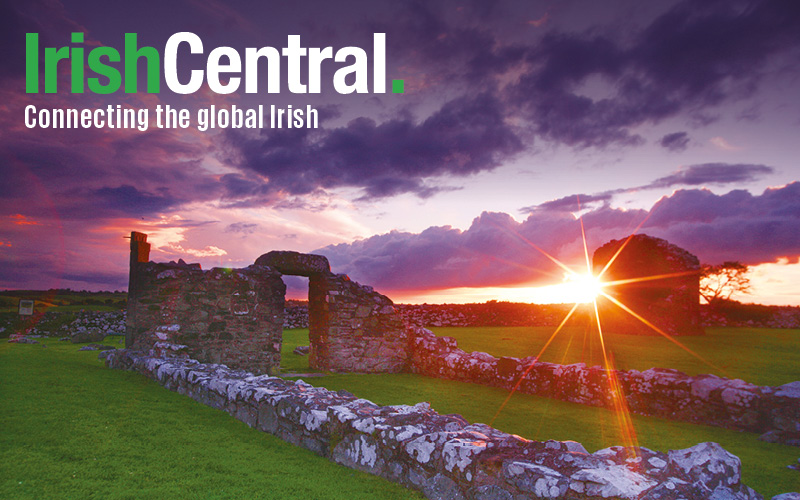A skeleton unearthed on an archaeological dig in Scotland is believed to be that of a 10th century Irish Viking.
Historians are excited about the find in East Lothian which may be the remains of the Viking king of Dublin and Northumbria.
The BBC reports that King Olaf Guthfrithsson led raids on the Scottish towns of Auldhame and nearby Tyninghame shortly before his death in 941.
The report says remains excavated from Auldhame in 2005 are those of a young adult male who was buried with a number of items indicating his high rank.
These include a belt similar to others from Viking Age Ireland.
Now the find has led archaeologists and historians to speculate that the skeleton could be that of King Olaf or one of his entourage, according to the BBC.
The broadcaster says a jaw bone which formed part of the remains found at Auldhame may belong to King Olaf.
Historians say Olaf was a member of the Uí Ímar dynasty. In 937 he defeated his Norse rivals in Limerick and pursued his family claim to the throne of York.
He married the daughter of King Constantine II of Scotland and allied himself with Owen I of Strathclyde.
The theory that he was buried in Scotland was revealed by Scottish Culture Secretary Fiona Hyslop during a visit to the Neolithic tombs at Newgrane in County Meath.
She was leading a tour to Newgrange to highlight archaeological links between Scotland and Ireland.
Hyslop said: “This is a fascinating discovery and it’s tantalizing that there has been the suggestion that this might be the body of a 10th Century Irish Viking king.”
Dr Alex Woolf, a senior lecturer in the School of History at the University of St Andrews and a consultant on the project, admitted to the BBC that the evidence is circumstantial.
He said: “Whilst there is no way to prove the identity of the young man buried at Auldhame, the date of the burial and the equipment make it very likely that this death was connected with Olaf’s attack.”




Comments